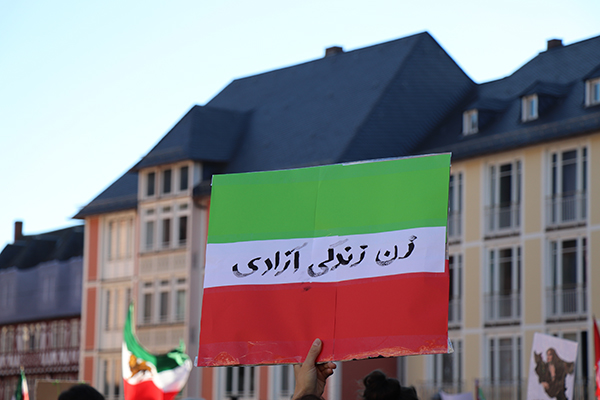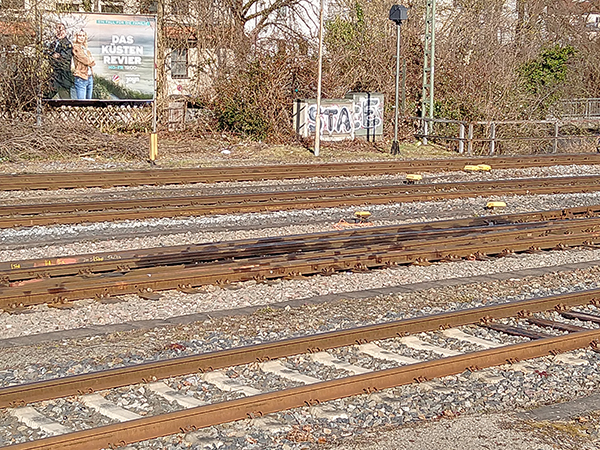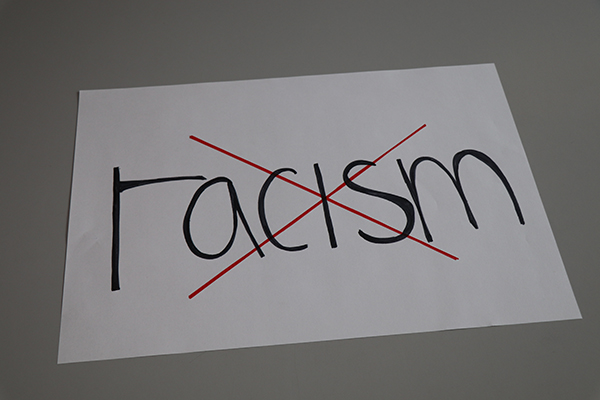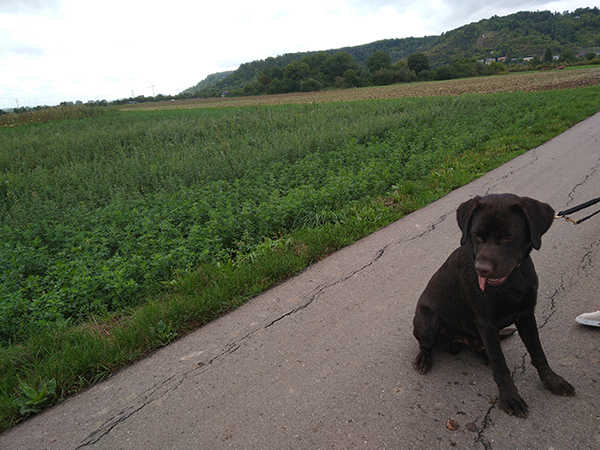By Ute Kaiser
“Woman, life, freedom”—this slogan can now be heard not only in Iran, but all over the world. In Berlin, too, around 80,000 people recently took to the streets under the slogan of the Iranian women’s movement. They showed solidarity with the protests in Iran against the regime of the Shiite mullahs. The riots were triggered by the death of 22-year-old Mahsa Amini in police custody in mid-September. Guards of the morality police had arrested the young Kurdish woman. She allegedly did not cover her hair according to the rules.
Parents of young Iranian women fear for their lives. They are afraid that their daughters could face the same danger as Masha Amini, reports 28-year-old Zhina (name changed). The exiled Iranian, who has been living in the Keis Tübingen since 2016, fears for her relatives in the Islamic Republic, which has been in power since 1979. It is not easy to keep in touch there: The regime largely blocks the internet. Nevertheless, there are telephone calls from time to time.
According to Zhina, two relatives in particular are taking part in the nationwide protests against oppression and miserable living conditions. One of her aunts posts against the government on social media. Another aunt goes to demonstrations without a hijab. “We are all very sad and worried about our relatives,” says Zhina. Protesting in Iran can be life-threatening. More than 240 people—including 32 minors—have been killed and more than 12,000 people arrested (as of 19 October), according to the US-based Human Rights Activists News Agency (HRANA). For many regime opponents, their protest ends in the notorious Evin prison, where there was a recent fire. Amnesty International called it the “waiting room of death”. Despite the huge risk, protesters in Iran shout “Death to the dictator”. This refers to the head of state Ayatollah Ali Khamenei.
1999, 2009, 2019: Time and again there have been uprisings in Iran that were bloodily put down. And now in 2022: this time the protest movement is “very broad”, says Zhina. Resentment is felt by almost all strata of the population: women resisting strict rules and oppression, students demanding freedom, traders in the bazaars and workers in refineries showing solidarity, as well as desperate people who have too little money to live on because of enormous inflation. “Small reliefs,” Zhina’s impression is, “are no longer enough for people.” People want fundamental changes. “They stole our money,” Iranians say of the mullahs’ regime and their repressive apparatus, such as the Revolutionary Guards.
Actually, Iran is “a rich country”, says Zhina. It has goods in demand like oil and gas. But in the largely nationalised system, too little reaches the population. Young people in particular lack prospects. Youth unemployment was 27.2 per cent in 2021. “It will take us 20 years to rebuild what the regime did wrong”: Zhina hears this sentence, or something similar, again and again.
All over the world, celebrities are cutting their hair in solidarity with the protesters in Iran. The European Union has just imposed sanctions on leading members of the morality police who are loyal to the system, as well as law enforcement officials, for their role in the brutal suppression of the protests. These include an entry ban. In addition, they can no longer access their assets in Europe. It is not only in Berlin that demonstrators are protesting against the inhuman power of the mullahs and the regime’s violent crackdown on protesters. Does that help the people in Iran? Zhina says cautiously: “If the whole world supports the protest, then it can succeed.”
tun22102401
Nicht nur in Berlin protestieren Demonstranten gegen die menschenverachtende Macht der Mullahs. Foto: tünews INTERNATIONAL / Mostafa Elyasian.




